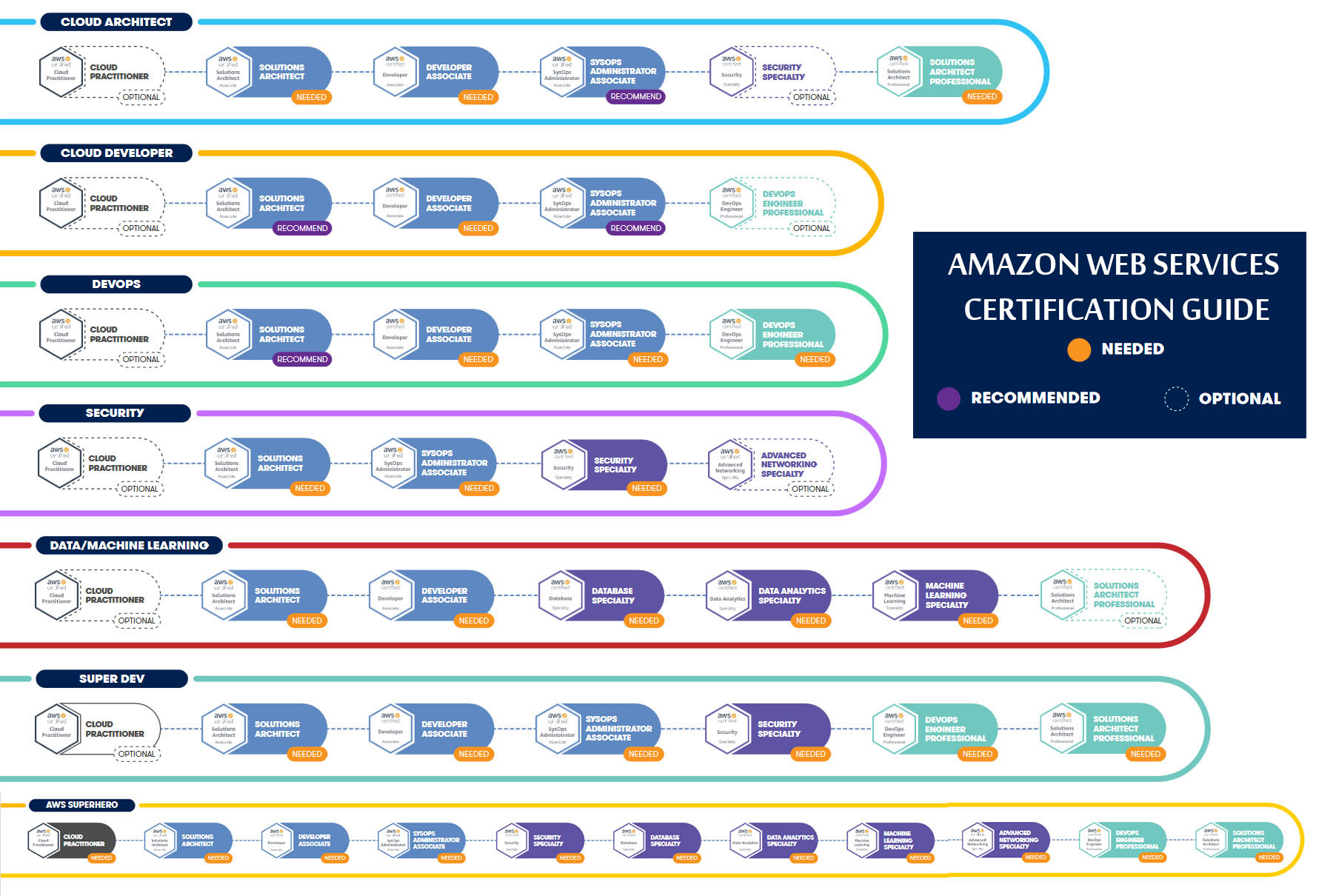You can get all formats for all Amazon Web Services exams
Amazon Web Services exams with discount package
Amazon Web Services
3 Months Access
$832
$291.2Total Exams : 28
- Amazon Web Services 28 PDF Exams
- Amazon Web Services 3 Months Free Update
- Instant Download
- Up-to-date Amazon Web Services questions
- Free Demos for all Amazon Web Services Tests
Amazon Web Services
6 Months Access
$1250
$437.5Total Exams : 28
- Amazon Web Services 28 PDF Exams
- Amazon Web Services 6 Months Free Update
- Instant Download
- Up-to-date Amazon Web Services questions
- Free Demos for all Amazon Web Services Tests
Amazon Web Services
12 Months Access
$1650
$577.5Total Exams : 28
- Amazon Web Services 28 PDF Exams
- Amazon Web Services 12 Months Free Update
- Instant Download
- Up-to-date Amazon Web Services questions
- Free Demos for all Amazon Web Services Tests


